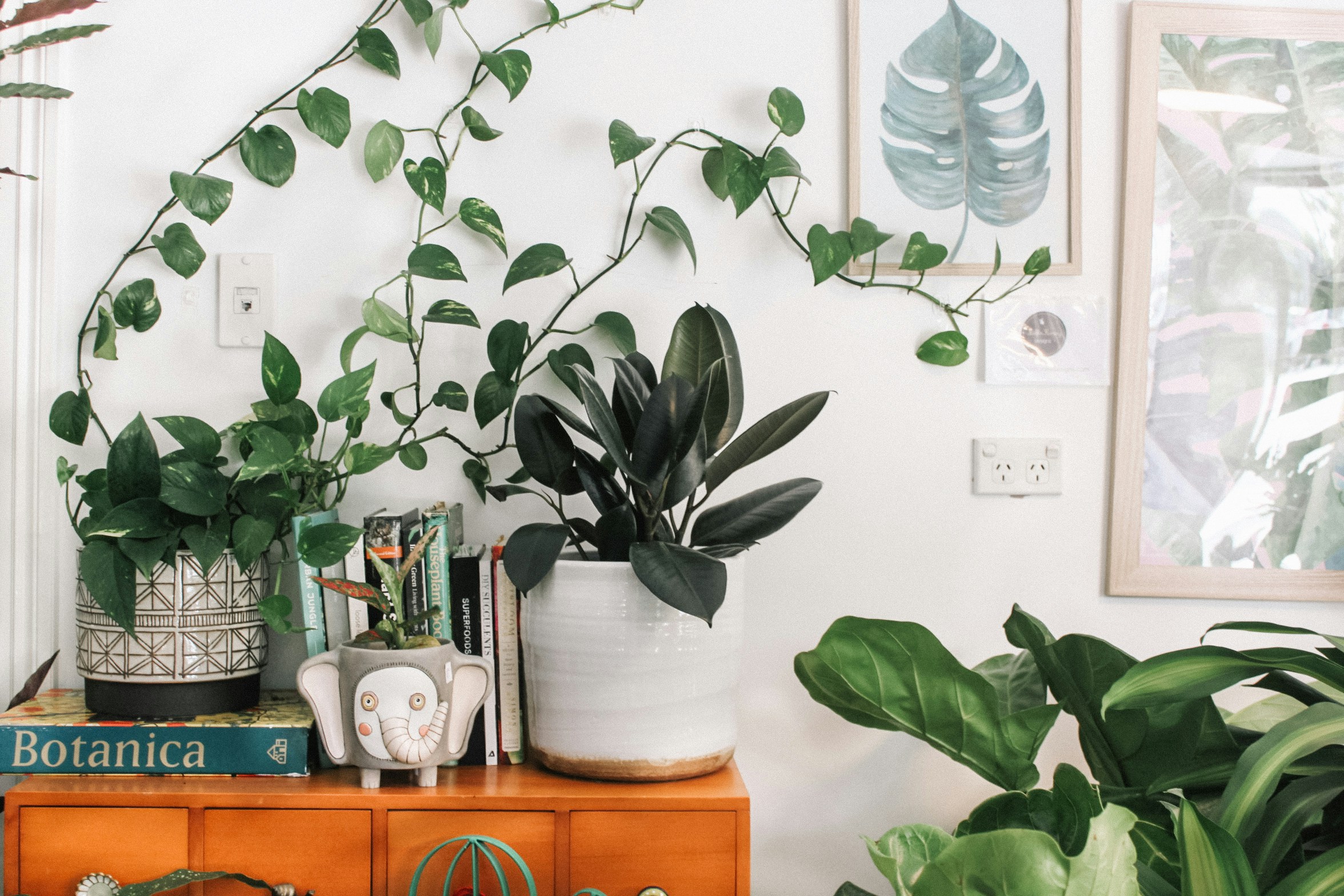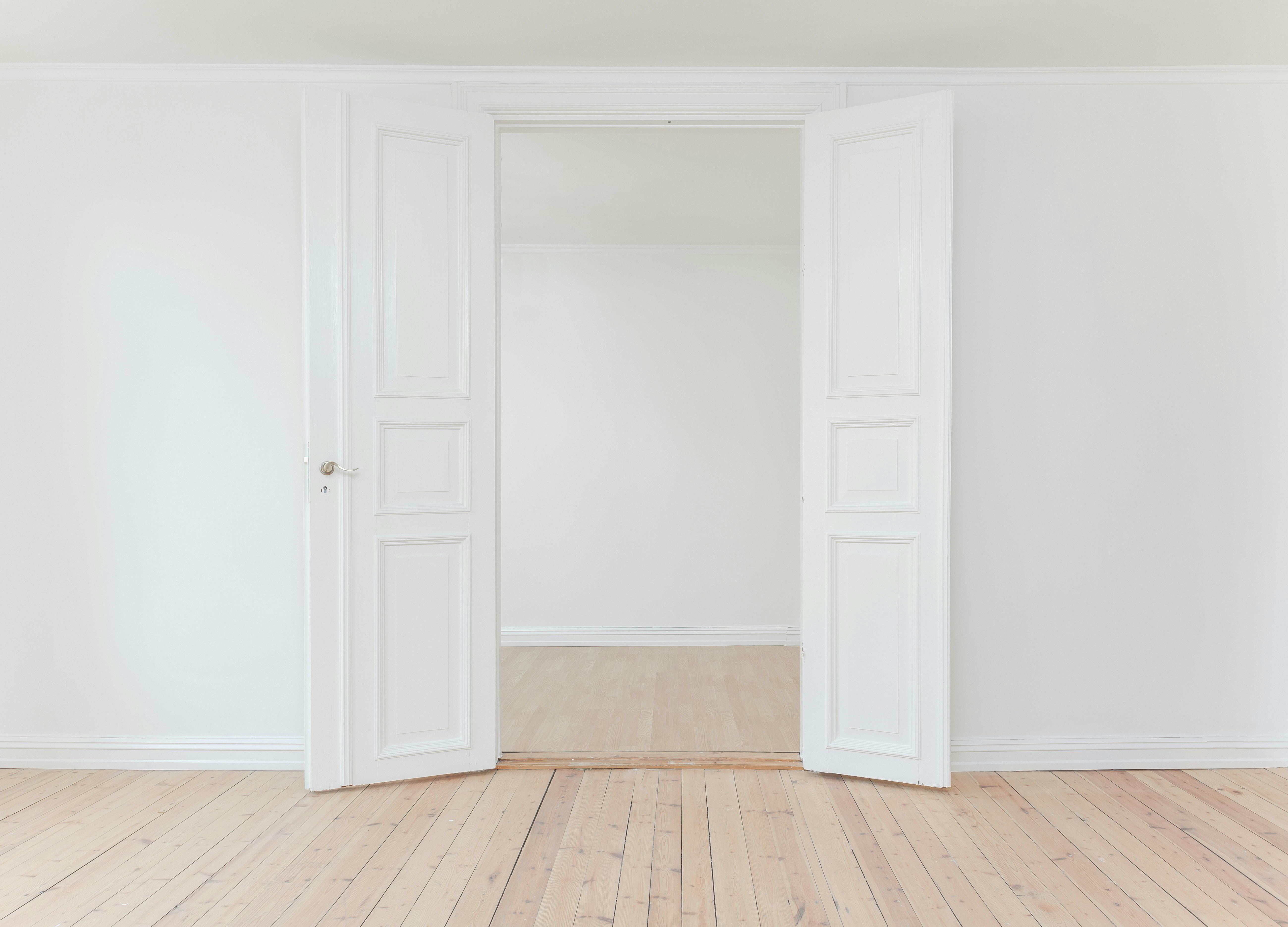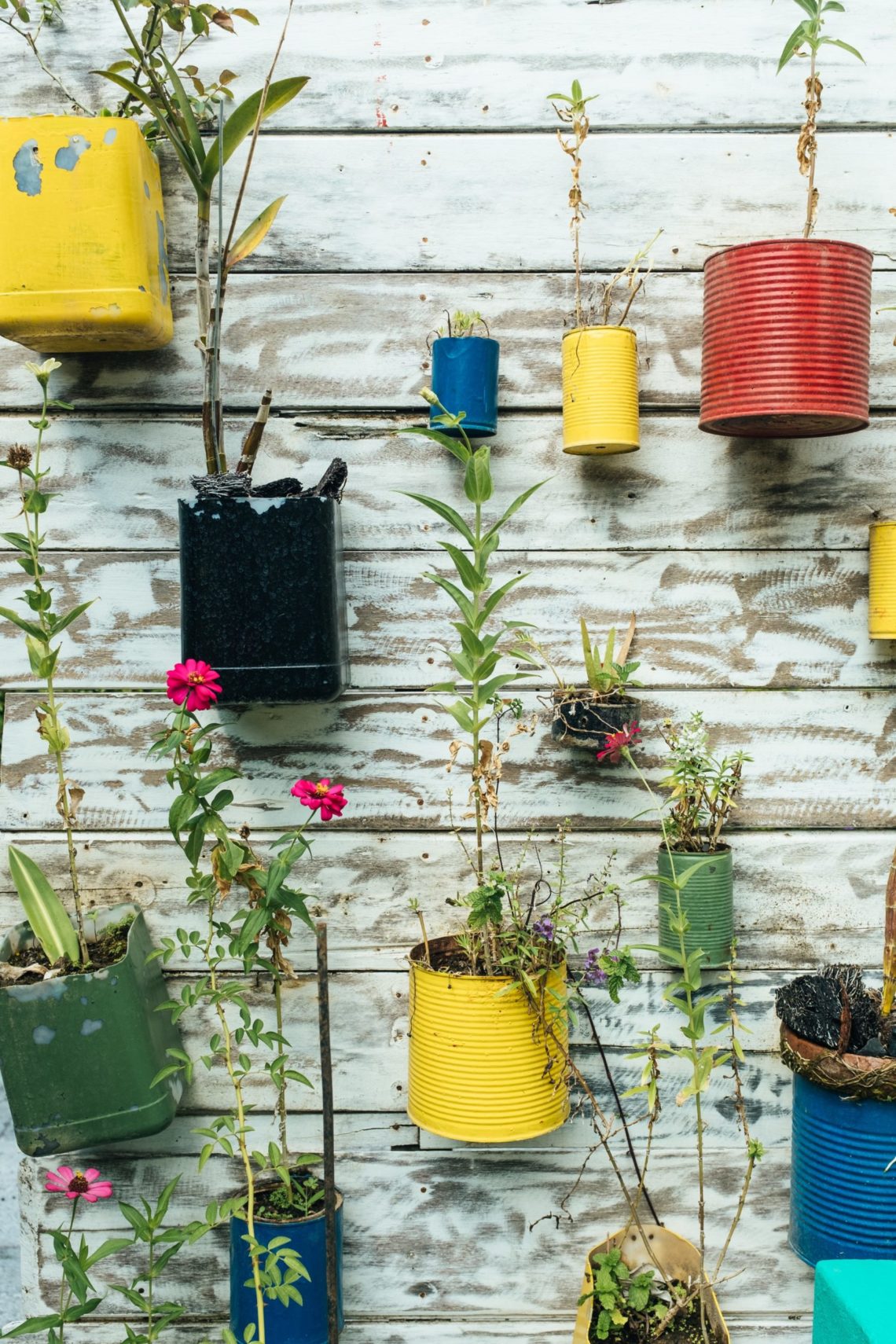Recently, an increasing number of people—both in the U.S. and worldwide—want to learn how to live sustainably. From being eco-friendly homeowners to purchasing recyclable items and investing in clean energy products, there are so many different ways to start this process. Adding eco-friendly items and habits to your daily life helps decrease the amount of landfill waste, prevents energy wastage, and reduces the level of environmental toxin release.
While green living and sustainability can sound like something you have to make many sacrifices to achieve, you don’t always have to give up on the good life to get it. You can positively impact the environment and still have a well-designed, comfortable, and modern home. Small changes that make a big difference often make more of an impact than big ones, especially if more people adopt them.
So, how do you start to live sustainably? It can be with something as small as adding a few houseplants to your living room or as big as switching to solar panels and clean energy sources. You can also make a difference with daily habits, like closing doors and windows when you put the air-conditioning or heat on. Or repair and refurbish your items and appliances instead of replacing them too regularly. If you’re still wondering how you can start your sustainable journey, here are a few great tips for homeowners.
1. Add houseplants indoors.

Although the conversation around air pollution is a significant one, it doesn’t always pay enough attention to indoor air pollution. While we’re all focusing on avoiding and reducing pollution outdoors, some daily activities can increase hazardous emissions indoors as well. An excellent way to address this is by making your home more eco-friendly, but it’s not easy to start setting up solar panels and efficient appliances.
If this is your first time attempting to live more sustainable, consider small changes before making any big ones. Add a houseplant—or many houseplants—to your living room or bedroom to improve the air quality. Artificial plants may look good, but they’re not as beneficial as houseplants, so forget about fake flowers and plastic trees and invest in some natural décor for your home. Indoor trees and floor plants grow well in low light as well as bright light. They look pretty, and they help purify the air in your home, so that’s a win for you as a homeowner.
You can pick from a varied assortment of indoor floor plants, planters, and pots depending on your aesthetic, so they’re an easy way to add something environmentally friendly without ruining your home design. Another advantage is that everything from an orchid plant to a rubber tree will purify the space and relax you, giving you clean air and some peace of mind.
2. Repurpose and repair things.
Do you shop for new appliances the minute your old ones start to give you trouble? It doesn’t matter how much you recycle if you’re still throwing out big appliances and furniture more often than you should. Most electronic items, furniture, and home appliances end up in large landfills that have adverse effects on the environment.
Replacing, repairing, and repurposing items in your home are some of the best ways to ensure you reduce your carbon footprint without too much work. Several appliance repair companies offer a range of affordable repair service options that can help you save time, money, and the environment! And, it’s not just for significant appliance repairs like refrigerators or dryers. You can also repair and repurpose things like patio lights, pizza ovens, and barbecues instead of buying new ones.
You should remember that things like old washers, dishwashers, and dryers can sometimes consume more energy than new ones, even if you repair them. But unless you bought your appliance decades ago, it’s usually cheaper and more eco-friendly to repair rather than replace every appliance that gives you trouble.
3. Consider eco-friendly energy solutions.
Clean energy solutions are a great way to become a more eco-friendly homeowner. Most people shy away from wind and solar panels because they think they will be too expensive, but that’s not always true. People in the United States may benefit financially from using clean energy sources like solar energy.
And, for those who need a little financial help, finance technology companies like Loanpal are the best place to look. Loanpal’s technology platform offers a quick, comfortable lending experience that’s free of the hassle of multiple loan documents, financial companies, and predatory lenders. What’s more, is that they offer their customers everything from mortgages to residential solar loans.
You can also look into a solar lender for a solar loan or see if you qualify for programs that offer financing options for solar panels. After the initial investment and installation costs, your utility bill may reduce, and you may be eligible for tax breaks and several other financial incentives. It’s also a good idea to check with your insurance company before you make any changes to your home structure to see if it affects your insurance in any way.
4. Try air-sealing your home.

Did you know that air leakages lead to energy wastage? If you have cracks in your windows or doors, your air-conditioner and heating systems have to work overtime as they try to heat or cool your home. An excellent way to prevent this from happening is to make sure there are no cracks or leaks in your home.
Consider material like caulking to prevent air leaks or foam or rubber sealants in the corners of entry points in your home. You can also add drywall seals to any joints or seams in doors and windows. If you have glass windows, consider coating them in a film in the summer to prevent excess UV rays from seeping into your home and overloading your cooling appliances.
It would help if you also remembered to close doors and windows as much as possible when cooling or heating appliances are running to reduce energy use. For example, if you don’t have central air and you’re using the air-conditioner in your living room, close the windows and the doors to other spaces that are not in use.
5. Install proper insulation indoors.

Do you find yourself using a higher heat setting each winter? Do summers feel warmer than usual for you? If you’re having trouble regulating your home’s heat or temperature, you should consider getting better insulation. With the right kind of insulation, you can keep some of the outdoor elements at bay.
Insulation helps keep your home slightly warmer during the cold winter months and somewhat cooler during the sweltering summer months. Some insulation products contain recyclable material, so you’re living more sustainably just by installing them in your home. If you don’t know how to install insulation yourself, it’s best to ask a professional to help with the installation to prevent any wastage from a job gone wrong.
Pick products like cellulose, cotton, and glass to ensure you’re making the most eco-friendly changes as you possibly can. It would help if you also considered repurposing items to create suitable insulation materials for your home. Ensure the material you pick is non-toxic, though—you don’t want to end up with health problems from breathing in any hazardous fumes.





